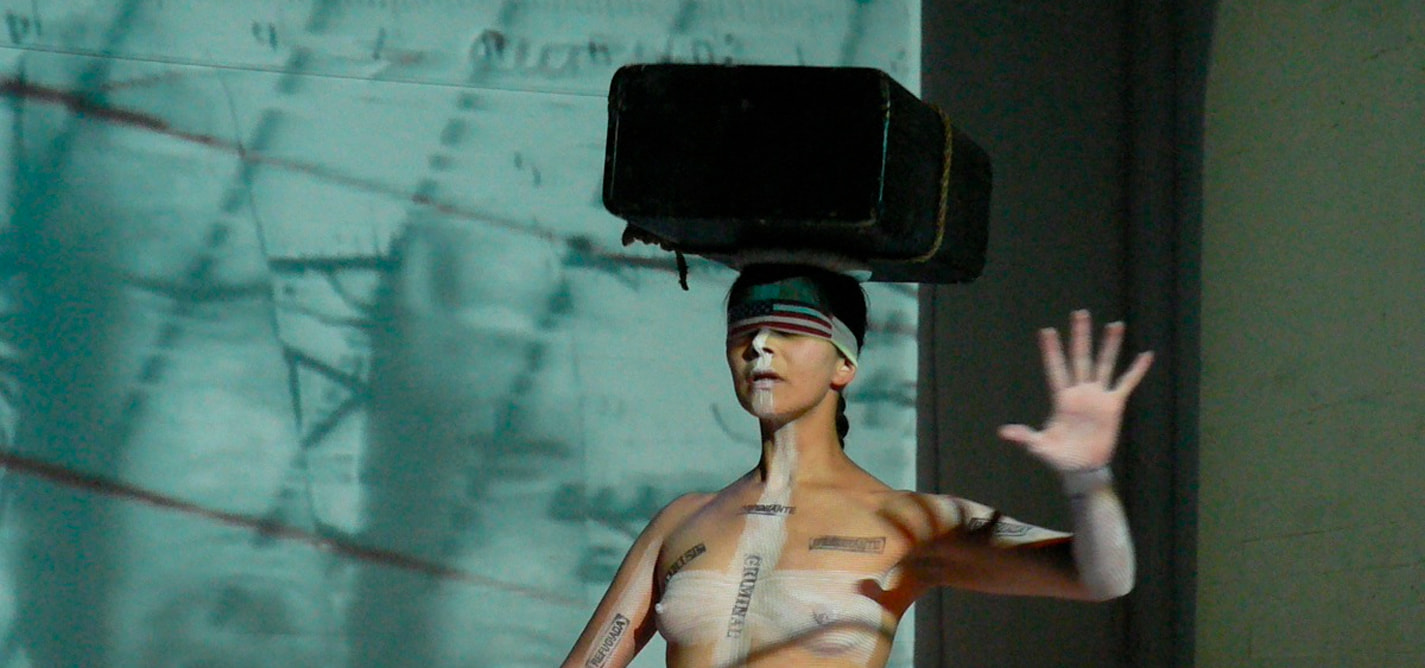
Body and mind
Mexico City native and California resident Violeta Luna talks about her performance art.
|14.12.2012
|

Majlinda Hoxha
Majlinda Hoxha is K2.0’s photography editor. Majlinda has a master’s degree in fine arts from Elam School of Fine Arts in Auckland, New Zealand.
This story was originally written in English.